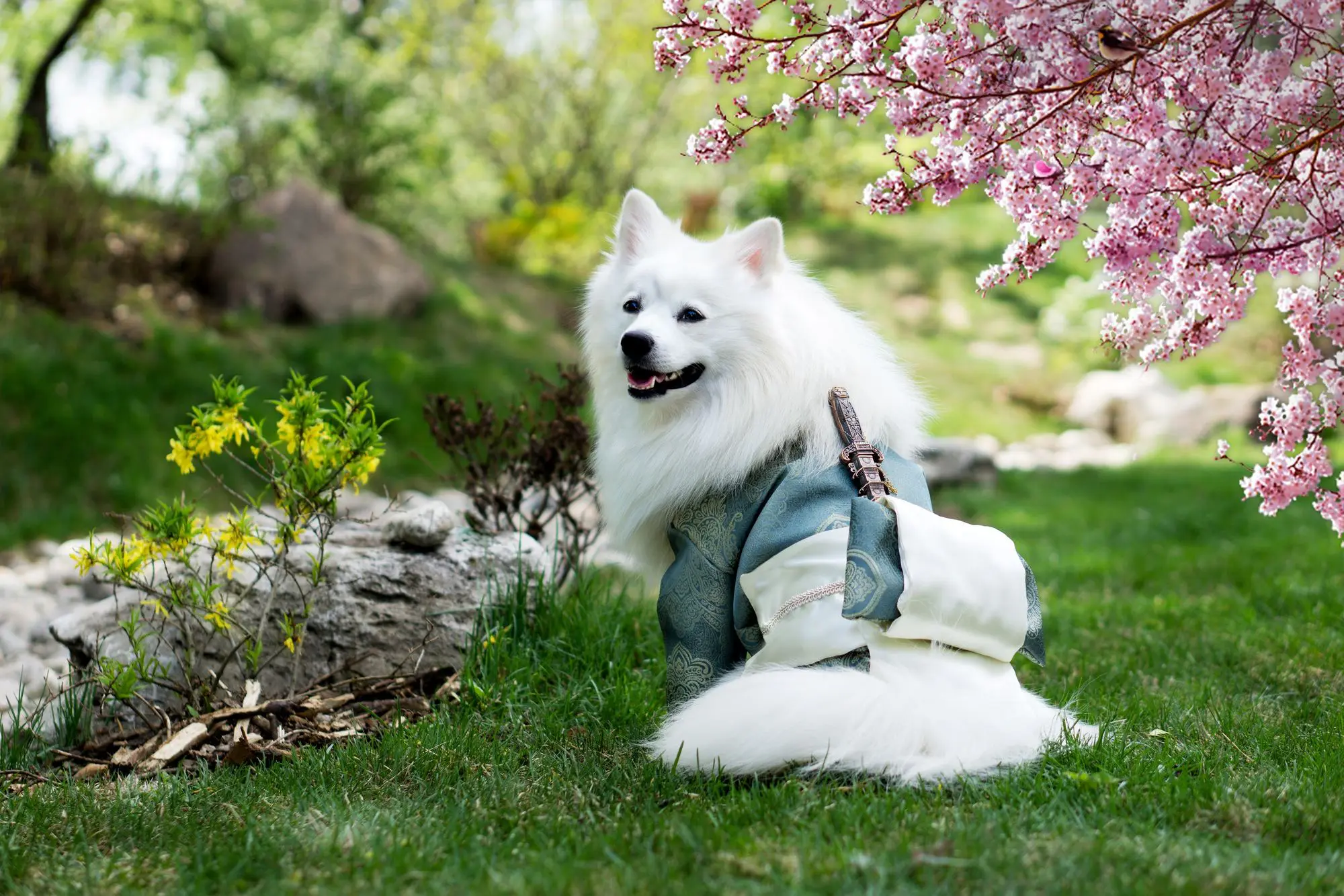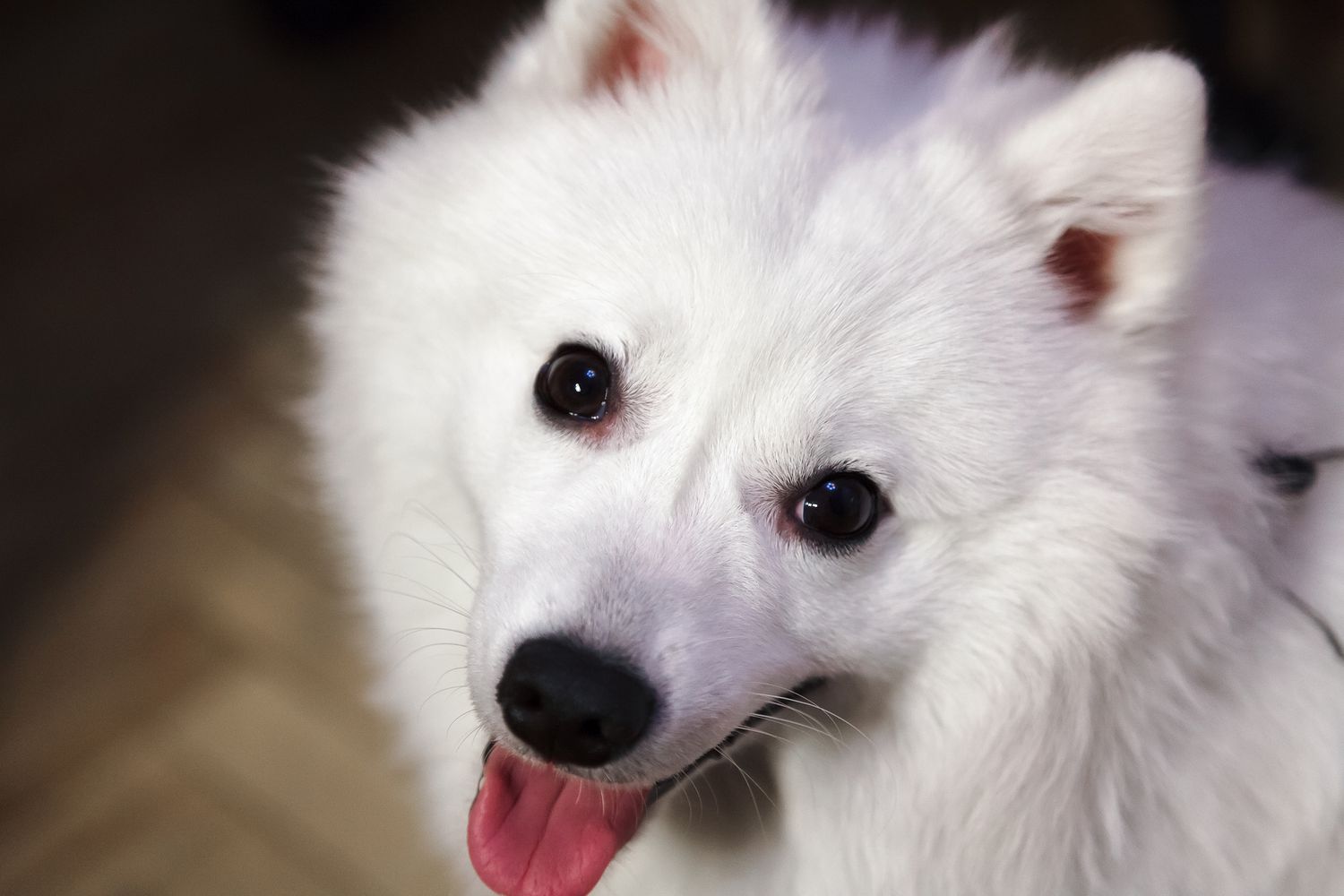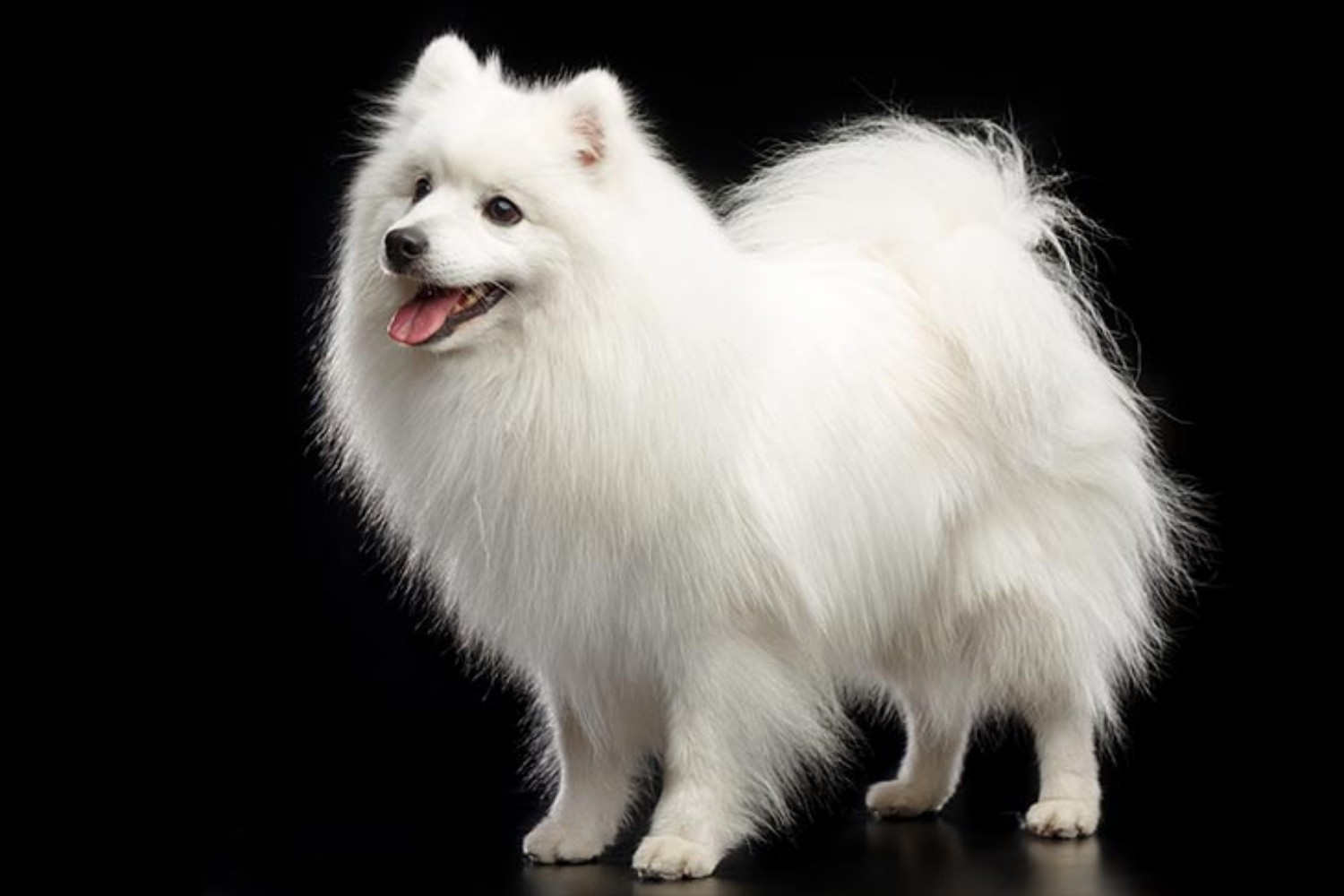Japanese Spitz: The Bright and Cuddly Companion

History of the Japanese Spitz
The Japanese Spitz is a relatively modern breed developed in Japan during the 1920s and 1930s, likely through crossbreeding several white Spitz-type dogs imported from countries such as Germany, Canada, and China. The goal was to create an ideal companion dog with a foxlike face, snowy coat, and affectionate nature, suited to family life and the growing urban populations.
By the 1950s, the Japanese Spitz had become well-established in Japan and began to spread to other countries, including the UK, Australia, and Scandinavian nations. Though not yet recognized by the American Kennel Club, it is acknowledged by other major organizations such as the UK Kennel Club and FCI.
Popularity of the Japanese Spitz
The Japanese Spitz is widely loved for its adorable looks, bright personality, and adaptable size. It has found a strong following in Europe, Asia, and Australia, especially among families and individuals looking for a low-maintenance, fluffy dog that’s friendly and manageable indoors.
It’s sometimes confused with similar breeds like the American Eskimo Dog or Samoyed, but is distinctly smaller and more manageable for urban living.
Physical Traits of the Japanese Spitz
This breed is a small-to-medium spitz dog, instantly recognizable by its snow-white coat, black features, and permanent smile.
• Coat: Thick, straight double coat—outer coat long and fluffy, undercoat soft and dense.
• Color:
o Always pure white.
• Size:
o Height: 12–15 inches (30–38 cm)
o Weight: 10–25 lbs (4.5–11 kg)
• Head & Expression: Foxlike with a pointed muzzle, black nose, and bright dark eyes.
• Ears: Small, triangular, and erect, adding to alert expression.
• Tail: Heavily plumed and curled over the back.
• Body: Compact, well-balanced, and athletic without bulk.
Behavioral Traits of the Japanese Spitz
This breed is cheerful, affectionate, and intelligent, making it a delightful companion in many types of households.
• Playful and Fun-Loving: Loves to play and engage with family members—a natural entertainer.
• Affectionate and Loyal: Bonds closely with owners—wants to be part of everything.
• Alert and Brave: May act as a watchdog, alerting to strangers with a bark.
• Sociable: Gets along well with kids and other pets when properly socialized.
• Easy to Train: Quick learner that enjoys pleasing its people—eager but not pushy.

Why Choose a Japanese Spitz?
Ideal for those who want a fluffy, friendly companion that’s manageable in both size and care.
• Perfect Apartment Dog: Quiet indoors and happy in smaller spaces with daily play.
• Family-Friendly: Excellent with children and affectionate with everyone.
• Fluffy Without the Fuss: Looks like a high-maintenance dog but is remarkably easy to groom.
• Clean and Odor-Free: Their coat repels dirt and doesn’t retain odor easily.
• Adaptable Temperament: Calm indoors, energetic during play—fits into a variety of lifestyles.
Caring for Your Japanese Spitz
This breed is low-maintenance for its appearance but needs regular companionship and stimulation.
• Training:
o Easy to train—responds well to praise and consistency.
o Great in obedience and beginner dog sports.
• Exercise:
o Moderate needs—daily walks, games, and indoor play keep it happy.
• Grooming:
o Surprisingly easy! Brush 2–3 times per week to keep coat fluffy and free of mats.
o Bathe occasionally—coat naturally repels dirt and sheds seasonally.
• Nutrition:
o Feed a balanced small-breed diet—monitor weight to prevent overfeeding.
• Companionship:
o Thrives on closeness—not suited for long hours alone daily.

Health Considerations
The Japanese Spitz is generally a robust, healthy breed, with a lifespan of 12–16 years. Common concerns include:
• Patellar luxation
• Runny eyes (tear staining on the white coat)
• Allergies or skin irritation
• Dental disease (common in small breeds)
Reputable breeders test for known issues and prioritize good coat and skin health.
Comparisons to Similar Breeds
Compared to the Samoyed, the Japanese Spitz is much smaller and easier to manage indoors. It's more delicate and family-focused than the American Eskimo Dog, and less intense or primitive than the Shiba Inu. The breed is the ideal combination of fluff, friendliness, and convenience.
Is the Japanese Spitz Right for You?
If you’re looking for a sweet, fluffy, playful, and clean companion, the Japanese Spitz might be the perfect addition to your home. Ideal for families, singles, and seniors, it fits well in apartments or houses alike.
Not recommended for homes where the dog will be left alone frequently or not given adequate attention.
Ready to Welcome a Japanese Spitz?
United Pet Club is here to support your journey in welcoming a Japanese Spitz—offering breeder recommendations, grooming tips, and training advice for a smooth start. With its bright eyes and ever-smiling face, the Japanese Spitz is ready to bring joy and warmth to your life.
